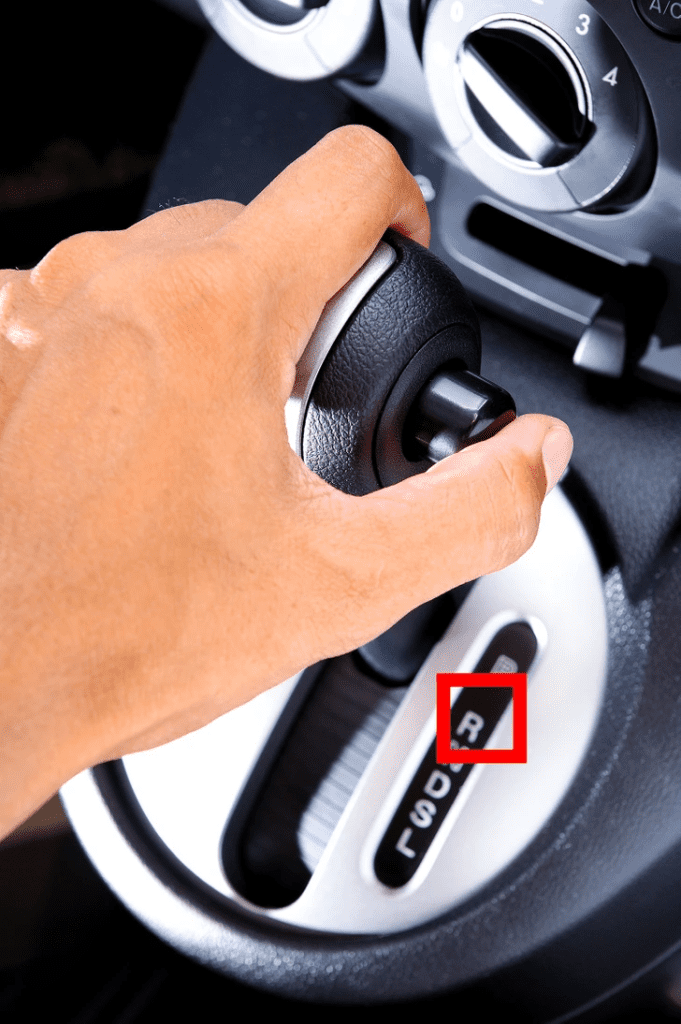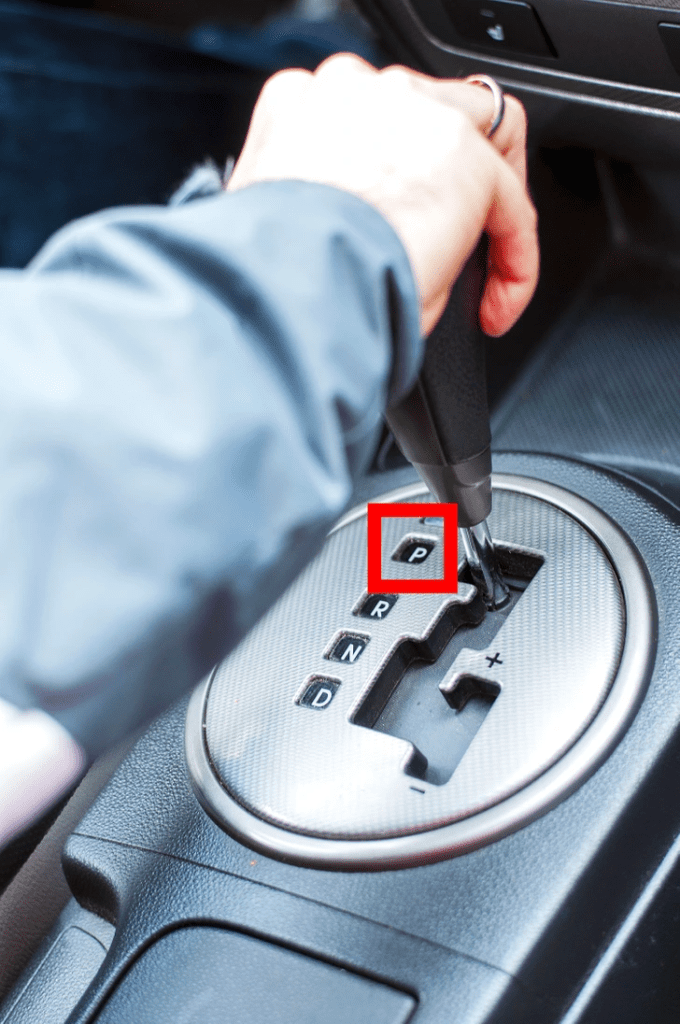Your car is one of your most valuable possessions, and taking care of it properly can save you a ton of money and headaches in the long run. While modern cars come equipped with advanced safety features and intelligent systems, they still require responsible use and maintenance. Auto mechanics often see avoidable mistakes that lead to costly repairs. To help you avoid these pitfalls, here are 10 things you should never do to your car.
1. Never Turn Off the Engine While Driving

While modern vehicles are designed with safety mechanisms to prevent catastrophic failures, turning off the engine while driving is never a good idea. If you accidentally press the “off engine” button while cruising at high speeds, your car’s system might safeguard you by ignoring the command. However, this could still disrupt key functionalities like power steering or braking. Simply put, keep your hands away from that button when the car is in motion.
2. Don’t Shift into Reverse While Driving Forward

It might sound like an obvious no-no, but it happens more often than you’d think. Some drivers, in moments of distraction or panic, accidentally shift into reverse while the car is still moving forward. Thankfully, most modern cars have systems that block this command to prevent damage. Even so, repeatedly giving conflicting orders to the transmission could eventually wear it out. Always come to a complete stop before shifting gears.
3. Avoid Selecting “Park” While the Car Is Moving

Much like switching to reverse, engaging “park” while the car is moving can damage your transmission over time. The computer in your car is programmed to block this action for safety reasons, but the stress caused by attempting such a maneuver can still lead to unnecessary wear and tear. Always ensure the car is at a full stop before engaging the park gear.
4. Don’t Attach Too Many Keys to Your Ignition Key

It’s tempting to keep all your keys on a single key ring for convenience, but a heavy keychain can damage your car’s ignition switch over time. The weight, combined with the motion of the car, puts unnecessary strain on the ignition mechanism. To avoid costly repairs, keep your car key separate or use a lightweight keychain.
5. Don’t Neglect Oil Changes

Changing your car’s oil regularly is one of the simplest yet most crucial maintenance tasks. Always follow the manufacturer’s guidelines for oil changes—they’re there for a reason. For brand-new cars, the initial oil change is especially important, as manufacturers often use thinner oils during production. Missing this step can lead to long-term engine damage.
6. Never Overfill the Engine with Oil

Too much oil can be just as damaging as too little. Overfilling the engine can cause excessive pressure, leading to leaks or catastrophic engine failure. Always use the dipstick to check the oil level and ensure it stays within the recommended range. Remember, engines aren’t soda bottles—don’t fill them to the brim.
7. Don’t Wait Until the Fuel Tank Is Empty

Driving with an almost-empty fuel tank might seem harmless, but it can cause significant damage over time. Sediment and particles settle at the bottom of your fuel tank, and when the tank is low, this debris can get sucked into the engine. Additionally, fuel pumps are designed to be submerged in fuel to stay cool. Running on fumes can cause the pump to overheat and fail. To stay safe, refill your tank when it drops to about one-quarter full.
8. Never Ignore Dashboard Warning Lights

Dashboard warning lights are your car’s way of communicating with you. Ignoring them is like ignoring a cry for help. Generally, these lights are color-coded:
- Green or Blue: A system is active (e.g., headlights).
- Yellow: A potential issue needs attention soon (e.g., low tire pressure or engine service).
- Red: Stop driving immediately. This indicates a serious problem, such as brake failure or engine overheating.
If a warning light comes on, consult your owner’s manual or call a mechanic to address the issue promptly.
9. Don’t Forget to Check Tire Pressure

Proper tire pressure is crucial for your safety and the longevity of your tires. Driving with underinflated tires not only increases the risk of blowouts but also causes uneven wear, reducing the life of your tires. Make it a habit to check your tire pressure regularly, especially before long trips. Many gas stations have free air pumps and gauges, so there’s no excuse not to keep your tires in top shape.
10. Don’t Overlook Wheel Alignment and Balance

Hitting a curb might seem like a minor mishap, but it can throw off your wheel alignment and balance. Misaligned wheels make your car harder to control and lead to uneven tire wear. If you notice your car pulling to one side or feel vibrations in the steering wheel, take it to a mechanic for an alignment check. It’s better to address the issue early than risk more serious problems later.
Why These Tips Matter
Cars are complex machines that require proper care to function at their best. Ignoring small maintenance tasks or engaging in risky behaviors can lead to significant issues down the road—literally and figuratively. By avoiding these common mistakes, you can extend the life of your vehicle, improve safety, and save money on repairs.
A Final Thought on Safe Driving
Owning a car comes with responsibilities, and taking care of your vehicle should be a top priority. By following these tips and avoiding these 10 common mistakes, you can ensure that your car stays in great shape for years to come. After all, a well-maintained car isn’t just about performance—it’s about peace of mind and safety for you and your loved ones. Share these insights with friends and family to help everyone drive smarter and safer!